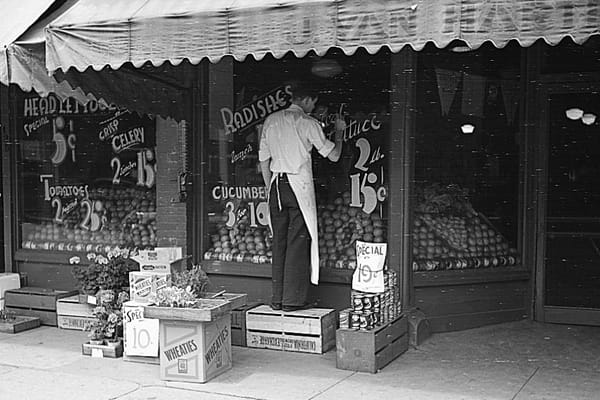The Future of Portland Transit Hangs in the Balance

The Oregonian podcast Beat Check recently shared an episode titled "A Perilous Moment for Portland Mass Transit" in which it highlighted the growing crisis facing TriMet, Portland's regional transit agency, as it grapples with declining ridership, financial strain, and public perception challenges. While crime on the system has dropped since the pandemic, fare evasion has nearly doubling from 15 percent in 2016 to close to 30 percent in 2024. The agency is pushing for an increase in the payroll tax that funds transit, from 0.1 to 0.18 percent, but even with that, they project having to cut 34 of 78 bus lines by 2027 and potentially 51 by 2031. This scenario risks setting off a doom loop where reduced service leads to declining ridership, which in turn justifies further cuts.
As someone who rides TriMet relatively frequently, I recognize that some perceptions about safety may be overstated today, but the past several years have left a lasting impression on families like mine. Judging by the results of TriMet's 2024 Attitude & Awareness Survey, our perceptions were from from being outliers:
About 46% of those surveyed said personal safety concerns have kept them from riding MAX at times, with about 37% saying they had opted out of a bus trip due to concerns. The primary reason people felt unsafe while riding was “other riders’ behavior.” The second reason was “lack of Transit Police” and the third was “time of day.”
As a parent of two young children, our experiences on buses and trains in the wake of the pandemic included exposure to public drug use, verbal outbursts, and threatening behavior—situations I never wanted my kids to be around. I’ve worked in affordable housing and can talk to my children about homelessness in honest and age-appropriate ways, but there is a big difference between those conversations and having your family caught in volatile, unsafe moments on public transit. Even trips to kid-friendly places like the zoo became daunting.
The podcast effectively outlines TriMet’s financial challenges and how shifts like remote work and micromobility have changed travel behavior, but it doesn’t fully address a major barrier to restoring ridership: land use. Suburban MAX stations surrounded by parking and low-density development do little to support daily transit use beyond park-and-ride commuting.
To rebuild trust and ridership, Portland must focus on increasing density near stations, especially with mixed-use development that includes a heavy focus on grocery stores and other basic services at—not just near—transit stations. These changes would make it more practical for people to give up car dependence.
The Climate-Friendly and Equitable Communities (CFEC) Executive Order could be pivotal here, especially if it helps cities reframe priorities away from parking and toward walkable, transit-oriented living. Similarly, relaxing BOLI standards that have long hindered development above 5 stories, as well as temporarily suspending system development charges, could go a long way toward creating thousands of new housing units in close proximity to fast and frequent transit that should translate into increases in ridership.
TriMet is making strides in both land use and safety, and I hope it can escape drastic cuts to service in the coming years.




